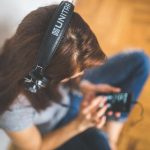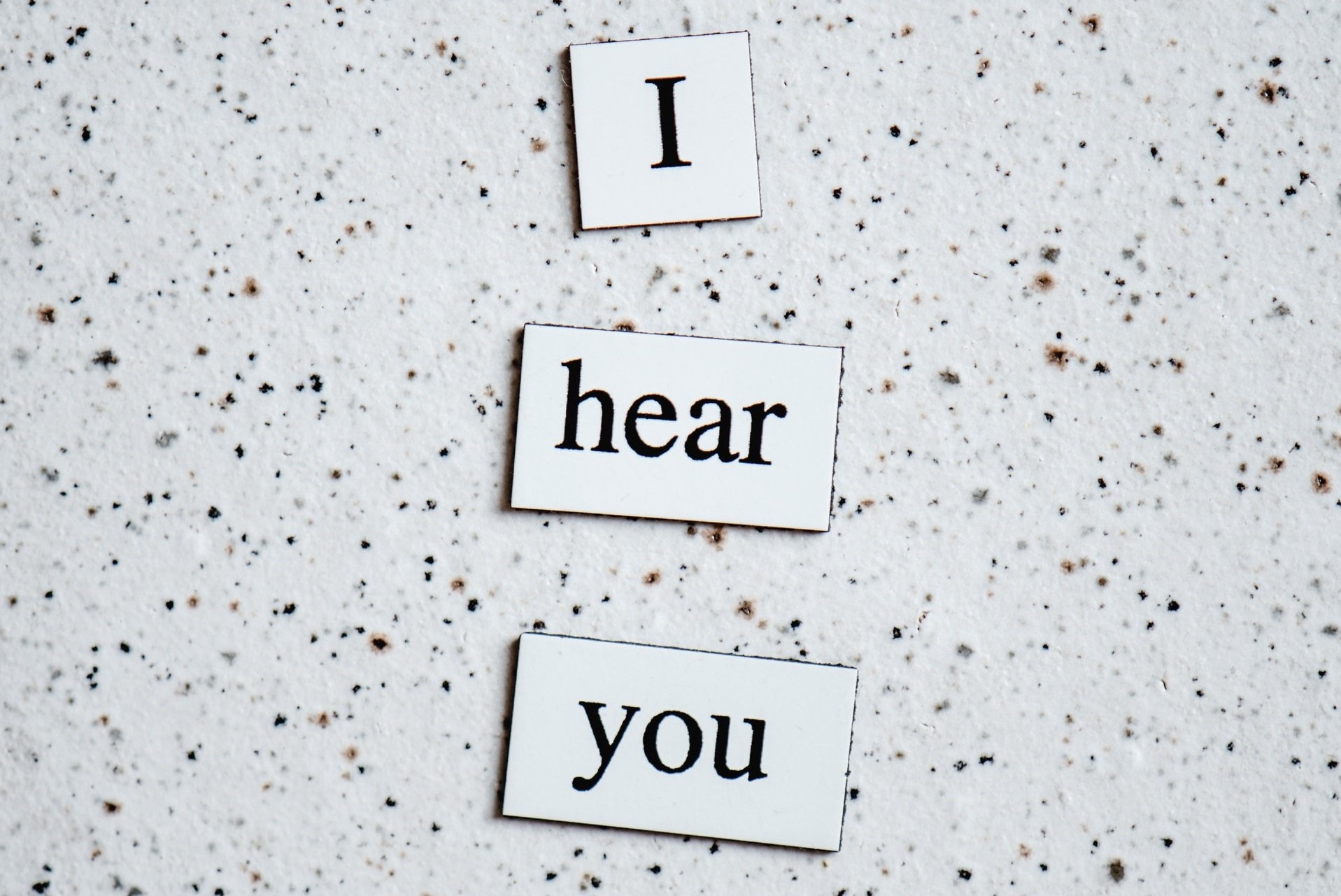
An audiogram, more commonly known as a pure-tone audiometry, is a common diagnostic method for hearing loss. The results obtained through this hearing test are displayed on an audiogram, which is then used by an audiologist to diagnose a hearing loss.
This article will explain what to expect from your audiogram test.
Contents
What Is an Audiogram?
If you’ve seen a doctor about your hearing health, they might have referred you to an audiologist for a hearing test.
This hearing test involves logging your response to certain sounds that can be used to identify hearing loss. You’ll need to listen to different tones at various frequencies (particularly those most important for hearing and understanding speech) and volumes.
The results of this hearing test are displayed on an audiogram — a graph used to show your ‘audiometric’ data. Your audiologist wants to see the softest sounds you can hear at different frequencies (or pitches). The plots on the audiogram clearly present this information.
If you look at an audiogram, you will see plotted points for both your left and right ear. An ‘O’ is frequently used to represent responses for the right ear and an ‘X’ for the left ear.
Importantly, the closer these points are to the top of the graph, the softer the sounds you’re able to hear. Where your results fall on the graph indicates how you experience hearing loss and to what degree.
Audiograms help to show the type, degree, and configuration of your hearing loss. This is necessary because you might be able to hear low pitches normally, but not high pitches. In this instance, you might be able to hear speech, but it’ll be difficult to understand in some cases.
If your test shows that you have hearing loss at all pitches, this can explain why you have trouble hearing any speech at all.
Overall, audiograms are a convenient way to visualize hearing ability, as they use a scale that relates to the ‘normal’ range of hearing.
How Do You Get an Audiogram?
If you go to your physician for a diagnosis, they will be able to refer you on to an audiologist.
You’ll be able to make an appointment with this referral or you can find a local audiologist directly. We recommend that you avoid chains and big stores. Getting a trusted audiologist recommendation from a friend or family member could also be helpful.
To find out if an audiologist is licensed, you can check with your local Better Business Bureau, consumer protection agency, State Attorney General’s office, or the American Speech-Language-Hearing Association (ASHA).
It’s also worth noting that hearing tests are not usually covered by Medicare — be sure to check the details of your plan or contact your insurance provider.
Generally, there are no special preparations required for the test, you can just show up to your appointment.
How Is an Audiogram Test Done?
You shouldn’t be worried about your hearing test — they’re painless, non-invasive, and pretty straightforward.
Your audiologist will take you to a quiet, sound-treated room, where you’ll be asked to wear headphones or soft earplugs. These headphones will have wires connected to an ‘audiometer’ — a special instrument used to conduct the test.
Once things are set up, your audiologist will give you instructions through your headphones. Your test will include listening to tones at different frequencies (pitches) and volumes. This is to measure your threshold for tones over a range of frequencies (usually 250 – 8000 Hz, the frequency range necessary to understand speech).
During the test, when you hear a sound, you’ll raise your hand or push a button. Your audiologist will note how loud the sound was at each frequency.
Accurate reporting on your behalf is important for an audiogram that is truly reflective of your hearing ability.
There might also be a speech audiometry part of your hearing test, which uses live or recorded speech (not pure tones) to measure the softest speech sounds you can hear and understand. This helps to determine the upper limit of your listening level.
You might also listen to words and statements to a background of increasingly noisy sounds, reflective of real-world environments.
When you’ve completed the test, the audiologist will explain your results.
How Does an Audiogram Determine Hearing Loss?
Your test results will be presented on an audiogram to reveal the nature of your hearing capacity.
As we’ve already mentioned, ‘X’s and ‘O’s at the top of the graph signify normal hearing. Where ‘X’s and ‘O’s are farther down the graph, it shows that you have some degree of hearing loss.
For an adult, 0 – 20 dB in all frequencies is a normal range, and 0 -15 dB is normal for a child. Mild hearing loss is indicated by the 20 – 40 dB range, moderate loss occurs at 41 – 55 dB, moderate-severe loss occurs at 56 – 70 dB, a severe loss is shown at 71-90 dB, and profound is anything over 90 dB.
Audiograms can help reveal hearing loss over time, as you can compare a recent audiogram to those from previous tests. As hearing loss (particularly age-related hearing loss) often gets worse gradually, this allows you to track any changes and the rate of change.
Audiograms are very effective at revealing various hearing difficulties. Nevertheless, it’s important to note that audiograms cannot explain all auditory behavior. Hidden hearing loss is not detectable through standard hearing tests, and won’t show up on an audiogram. Also, some people who have extremely similar audiograms will still experience differences in their hearing.
There might also be problems with your outer or middle ear, so bone conduction testing might also be performed as part of pure-tone audiometry. The same frequencies are tested, and you will still be asked to respond to the softest level you can hear. These results are then plotted on the audiogram as bone-conduction results, so the audiologist can see if there is a significant difference between them and the air conduction results that could indicate an issue with the outer or middle ear.
If hearing loss is detected, it can be described in terms of its degree, shape (flat, steeply sloping, cookie-bite), and type (sensorineural or conductive). If your hearing loss is different in each ear in terms of degree, shape, or type, each ear will be described separately. If they’re similar, you’ll have a ‘bilateral’ hearing loss.
An audiogram can provide a detailed insight into your hearing. There will be lots to discuss and your audiologist should take the time to talk things through with you. If you do have hearing loss, your audiologist will discuss whether you need any further diagnostic tests or help you to think about potential treatment options.
To learn more about hearing loss and audiograms, see our other blog articles.
The information in this guide has been written using the following reliable sources:
https://www.babyhearing.org/what-is-an-audiogram
https://www.asha.org/public/hearing/audiogram/
https://www.californiaearinstitute.com/audiology-services-audiogram-bay-area-ca.php
https://www.hearingdirect.com/pages/audiograms-explained.html#
https://www.fda.gov/medical-devices/hearing-aids/how-get-hearing-aids
https://mayfieldclinic.com/pe-hearing.htm
https://www.healthyhearing.com/help/hearing-loss/tests








